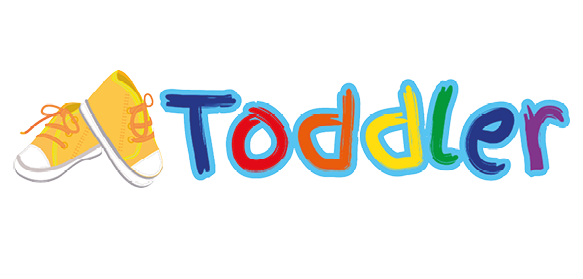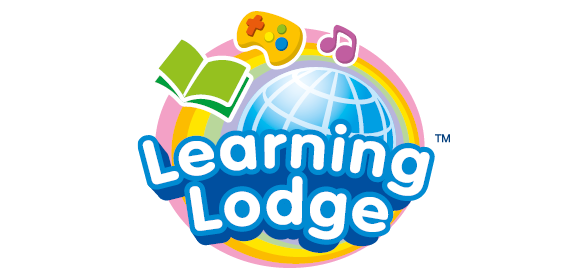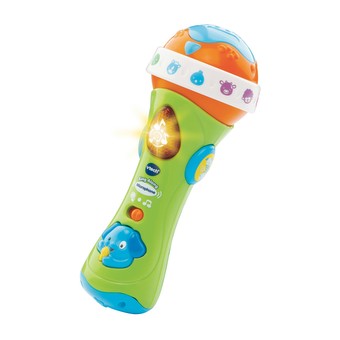Why Join VTech Club?
Joining is free, fast and full of great benefits, such as:
- Promotions and offers
- Monthly £1,000 prize draw*
- Regular competitions
- Special offers for our members
Added benefits
- Register your VTech products
- Apply to be a Product Tester
12-36
MONTHS
Sing Along Microphone
£15.99
Temporarily unavailable to purchase online,
for more information please call 03306780149
for more information please call 03306780149
- Real microphone with amplified voice effect.
- Twist the ring to select the animal.
- Includes 15 melodies to sing-along to.
- Style button changes music style: select classical, rock ‘n roll or jazzy.
- Introduces animals and their sounds.
- Motion sensor activates encouraging responses.
Best for ages:
12 to 36 Months
Highlights
The turning ring introduces animals, their sounds and sing-along songs. Press the style buttons to choose a style of music.
Description
Grab the microphone and sing-along! The Sing Along Microphone introduces animals and their sounds using fun sound effects and sing-along songs. Turn the ring to hear the animals sing and press the style button to choose a style of music from classical, jazzy or rock ‘n roll! Turning the ring promotes motor development and the microphone also acts as an interactive rattle with a motion sensor activating sound effects.
- Product Number: 80-078763
- 3 x AAA Batteries Required













 Download
Download













